往期刊物2017
卷册: 7, 期号: 24
生物化学
A General Method for Intracellular Protein Delivery through ‘E-tag’ Protein Engineering and Arginine Functionalized Gold Nanoparticles
通过'E标签'蛋白质工程和精氨酸功能化金纳米粒子进行细胞内蛋白质递送的通用方法
癌症生物学
FACS-based Isolation of Neural and Glioma Stem Cell Populations from Fresh Human Tissues Utilizing EGF Ligand
基于FACS利用EGF配体从新鲜人组织中分离神经和胶质瘤干细胞群
细胞生物学
Using xCELLigence RTCA Instrument to Measure Cell Adhesion
使用xCELLigence RTCA仪器测量细胞粘附
Immunogold Electron Microscopy of the Autophagosome Marker LC3
自噬体标志物LC3的免疫金电镜观察
Biochemical Isolation of Myonuclei from Mouse Skeletal Muscle Tissue
从小鼠骨骼肌组织中骨骼肌细胞核的生化分离
发育生物学
Ex vivo Trophoblast-specific Genetic Manipulation Using Lentiviral Delivery
使用慢病毒递送的离体滋养层特定基因操作
免疫学
Analysing Temporal Dynamics of T Cell Division in vivo Using Ki67 and BrdU Co-labelling by Flow Cytometry
使用Ki67和BrdU共同标记通过流式细胞术分析体内T细胞分裂的时间动力学
Generation of Busulfan Chimeric Mice for the Analysis of T Cell Population Dynamics
生成白消安嵌合体小鼠用于T细胞群体动力学分析
Mouse Model of Immune Complex-mediated Vasculitis in Dorsal Skin and Assessment of the Neutrophil-mediated Tissue Damage
免疫复合物介导的小鼠背部皮肤血管炎模型及中性粒细胞介导的组织损伤评估
微生物学
Oral Microbiome Characterization in Murine Models
模式生物小鼠口腔微生物组鉴定
Rice Black-streaked Dwarf Virus Preparation and Infection on Rice
水稻黑条矮缩病病毒的制备及其对水稻的感染
分子生物学
Genotyping-free Selection of Double Allelic Gene Edited Medaka Using Two Different Fluorescent Proteins
使用两种不同的荧光蛋白进行双等位基因编辑青鳉的无基因分型选择
神经科学
Preparation, Stimulation and Other Uses of Adult Rat Brain Synaptosomes
成年大鼠脑突触体的制备、刺激及其他用途
植物科学
Preparation of Onion Epidermal Cell Walls for Imaging by Atomic Force Microscopy (AFM)
制备洋葱表皮细胞壁用于原子力显微镜(AFM)成像
Biomechanical Characterization of Onion Epidermal Cell Walls
洋葱表皮细胞壁的生物力学表征
Determination of H+-ATPase Activity in Arabidopsis Guard Cell Protoplasts through H+-pumping Measurement and H+-ATPase Quantification
通过测量H+泵和定量H+-ATP酶分析测定拟南芥保卫细胞原生质体中H+-ATP酶的活性
Quantifying the Capacity of Phloem Loading in Leaf Disks with [14C]Sucrose
用[14C]蔗糖定量叶盘韧皮部装载能力
Infection of Soybean Plants with the Insect Bacterial Symbiont Burkholderia gladioli and Evaluation of Plant Fitness
用昆虫细菌共生体唐菖蒲伯克霍尔德菌感染大豆植株及植物适应性评价
Assessing Rates of Long-distance Carbon Transport in Arabidopsis by Collecting Phloem Exudations into EDTA Solutions after Photosynthetic Labeling with [14C]CO2
用[14C]CO2进行光合标记后通过EDTA溶液收集韧皮部渗出液来评估拟南芥长距离碳运输速率
Assessing Long-distance Transport from Photosynthetic Source Leaves to Heterotrophic Sink Organs with [14C]CO2
利用[14C]CO2评估从光合源叶到异养库器官的远距离运输


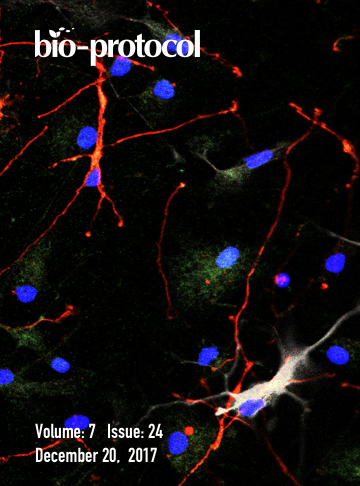
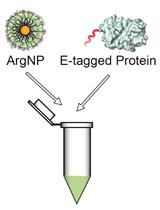

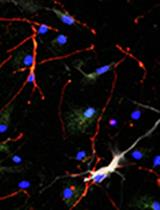

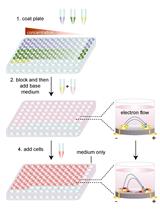

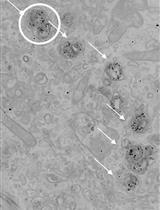


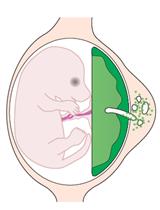

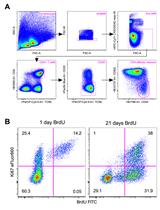
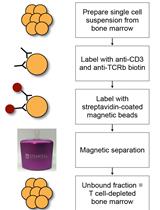



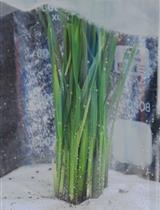
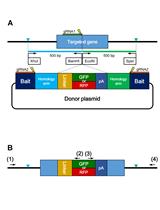

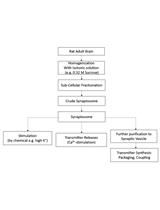


![用[14C]蔗糖定量叶盘韧皮部装载能力](https://en-cdn.bio-protocol.org/imageup/arcimg/20171211011350163.jpg?t=1765972672)
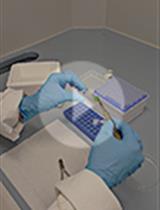
.jpg)

![用[14C]CO2进行光合标记后通过EDTA溶液收集韧皮部渗出液来评估拟南芥长距离碳运输速率](https://en-cdn.bio-protocol.org/imageup/arcimg/20171211011052716.jpg?t=1765972672)
![利用[14C]CO2评估从光合源叶到异养库器官的远距离运输](https://en-cdn.bio-protocol.org/imageup/arcimg/20171211011113752.jpg?t=1765972672)